| Years in Sweden: | 1595 1596 1597 1598 1599 1600 1601 |
| Centuries: | 15th century · 16th century · 17th century |
| Decades: | 1560s 1570s 1580s 1590s 1600s 1610s 1620s |
| Years: | 1595 1596 1597 1598 1599 1600 1601 |

Events from the year 1598 in Sweden.
| Years in Sweden: | 1595 1596 1597 1598 1599 1600 1601 |
| Centuries: | 15th century · 16th century · 17th century |
| Decades: | 1560s 1570s 1580s 1590s 1600s 1610s 1620s |
| Years: | 1595 1596 1597 1598 1599 1600 1601 |

Events from the year 1598 in Sweden.

Year 1572 (MDLXXII) was a leap year starting on Tuesday of the Julian calendar.
The 1430s decade ran from January 1, 1430, to December 31, 1439.

1598 (MDXCVIII) was a common year starting on Thursday of the Gregorian calendar and a common year starting on Sunday of the Julian calendar, the 1598th year of the Common Era (CE) and Anno Domini (AD) designations, the 598th year of the 2nd millennium, the 98th year of the 16th century, and the 9th year of the 1590s decade. As of the start of 1598, the Gregorian calendar was 10 days ahead of the Julian calendar, which remained in localized use until 1923.

1632 (MDCXXXII) was a leap year starting on Thursday of the Gregorian calendar and a leap year starting on Sunday of the Julian calendar, the 1632nd year of the Common Era (CE) and Anno Domini (AD) designations, the 632nd year of the 2nd millennium, the 32nd year of the 17th century, and the 3rd year of the 1630s decade. As of the start of 1632, the Gregorian calendar was 10 days ahead of the Julian calendar, which remained in localized use until 1923.
The 1710s decade ran from January 1, 1710 to December 31, 1719.

1601 (MDCI) was a common year starting on Monday of the Gregorian calendar and a common year starting on Thursday of the Julian calendar, the 1601st year of the Common Era (CE) and Anno Domini (AD) designations, the 601st year of the 2nd millennium, the 1st year of the 17th century, and the 2nd year of the 1600s decade. As of the start of 1601, the Gregorian calendar was 10 days ahead of the Julian calendar, which remained in localized use until 1923.

1758 (MDCCLVIII) was a common year starting on Sunday of the Gregorian calendar and a common year starting on Thursday of the Julian calendar, the 1758th year of the Common Era (CE) and Anno Domini (AD) designations, the 758th year of the 2nd millennium, the 58th year of the 18th century, and the 9th year of the 1750s decade. As of the start of 1758, the Gregorian calendar was 11 days ahead of the Julian calendar, which remained in localized use until 1923.
The 1590s decade ran from January 1, 1590, to December 31, 1599.

1656 (MDCLVI) was a leap year starting on Saturday of the Gregorian calendar and a leap year starting on Tuesday of the Julian calendar, the 1656th year of the Common Era (CE) and Anno Domini (AD) designations, the 656th year of the 2nd millennium, the 56th year of the 17th century, and the 7th year of the 1650s decade. As of the start of 1656, the Gregorian calendar was 10 days ahead of the Julian calendar, which remained in localized use until 1923.
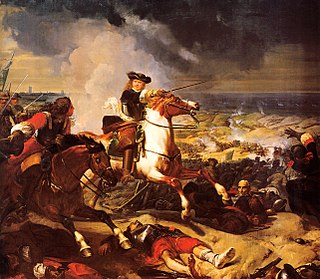
1658 (MDCLVIII) was a common year starting on Tuesday of the Gregorian calendar and a common year starting on Friday of the Julian calendar, the 1658th year of the Common Era (CE) and Anno Domini (AD) designations, the 658th year of the 2nd millennium, the 58th year of the 17th century, and the 9th year of the 1650s decade. As of the start of 1658, the Gregorian calendar was 10 days ahead of the Julian calendar, which remained in localized use until 1923.
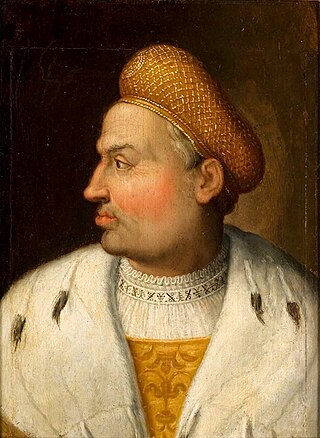
Sigismund I the Old was King of Poland and Grand Duke of Lithuania from 1506 until his death in 1548. Sigismund I was a member of the Jagiellonian dynasty, the son of Casimir IV and younger brother of Kings John I Albert and Alexander I Jagiellon. He was nicknamed "the Old" in later historiography to distinguish him from his son and successor, Sigismund II Augustus. Before ascending to the Polish and Lithuanian thrones, he was Duke of Głogów from 1499, Duke of Opava from 1501, and governor of Silesia from 1504 on behalf of his brother, King Vladislaus II of Bohemia and Hungary.

Sigismund III Vasa was King of Poland and Grand Duke of Lithuania from 1587 to 1632 and, as Sigismund, King of Sweden and Grand Duke of Finland from 1592 to 1599. He was the first Polish sovereign from the House of Vasa. Religiously zealous, he imposed Roman Catholicism across the vast realm, and his crusades against neighbouring states marked Poland's largest territorial expansion. As an enlightened despot, he presided over an era of prosperity and achievement, further distinguished by the transfer of the country's capital from Kraków to Warsaw.

Charles IX, also Carl, reigned as King of Sweden from 1604 until his death. He was the youngest son of King Gustav I and of his second wife, Margaret Leijonhufvud, the brother of King Eric XIV and of King John III, and the uncle of Sigismund, who became king both of Sweden and of Poland. By his father's will Charles received, by way of appanage, the Duchy of Södermanland, which included the provinces of Närke and Värmland; but he did not come into actual possession of them till after the fall of Eric and the succession to the throne of John in 1569.
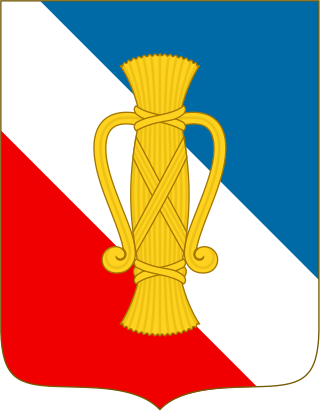
The House of Vasa or Wasa was an early modern royal house founded in 1523 in Sweden. Its members ruled the Kingdom of Sweden from 1523 to 1654 and the Polish–Lithuanian Commonwealth from 1587 to 1668. Its agnatic line became extinct with the death of King John II Casimir of Poland in 1672.
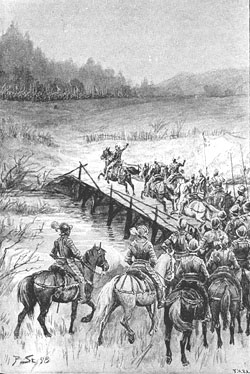
The Battle of Stångebro, or the Battle of Linköping, took place at Linköping, Sweden, on 25 September 1598 (O.S.) and effectively ended the personal union between Sweden and the Polish–Lithuanian Commonwealth, that had existed since 1592. In the battle, an army of c. 8,000–12,000 commanded by Duke Charles defeated a mixed force of c. 5,000–8,000 consisting of an invading army of mercenaries in the king's employ and diverse but poorly co-ordinated supporting Swedish noblemen's forces commanded by King of both Sweden and the Polish–Lithuanian Commonwealth Sigismund III Vasa, who was acting to maintain and restore his personal union against anti-Catholic forces in Lutheran Sweden. The Swedish king's general Constantin fought at the western bridge.
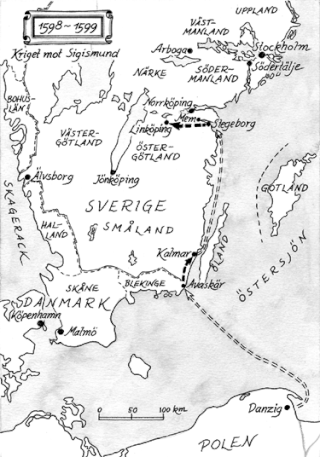
The war against Sigismund was a war between Duke Charles, later known as King Charles IX of Sweden, and Sigismund, who was at the time the king of both Sweden and the Polish–Lithuanian Commonwealth. Lasting from 1598 to 1599, it is also called the War of Deposition against Sigismund, since the focus of the conflict was the attempt to depose the latter from the throne of Sweden. The war eventually resulted in the deposition of Sigismund, the dissolution of the Polish-Swedish Union, and the beginning of an eleven-year war.

The Polish–Swedish War (1600–1611) was a continuation of struggle between Sweden and the Polish–Lithuanian Commonwealth over control of Livonia and Estonia, as well as the dispute over the Swedish throne between Charles IX of Sweden and Sigismund III of Poland. After skirmishes, sieges and battles often aborted by Jan Karol Chodkiewicz, a truce was signed until the later invasion by the Russians.

Events from the year 1658 in Sweden
Events from the year 1599 in Sweden
Events from the year 1813 in Germany.